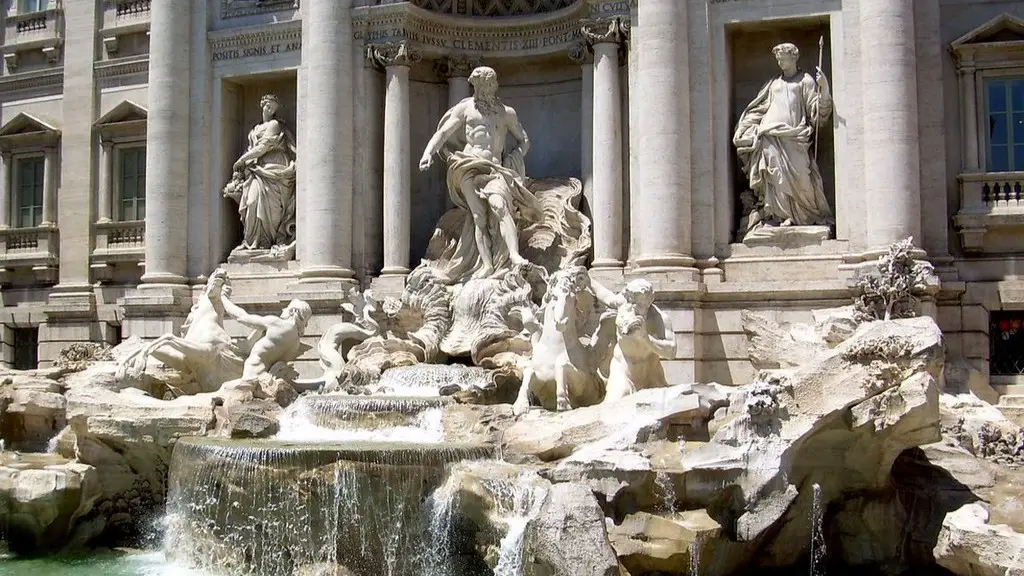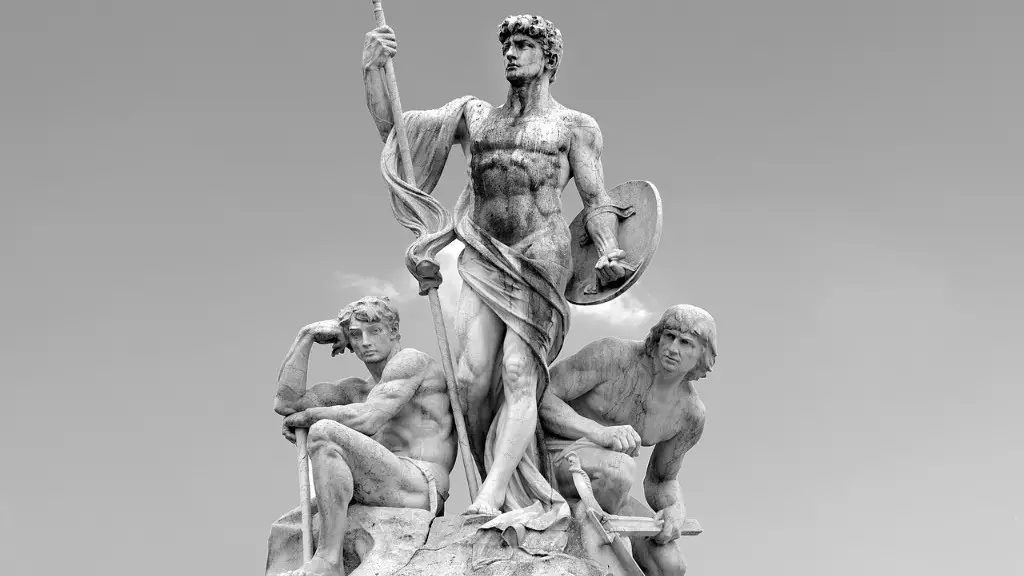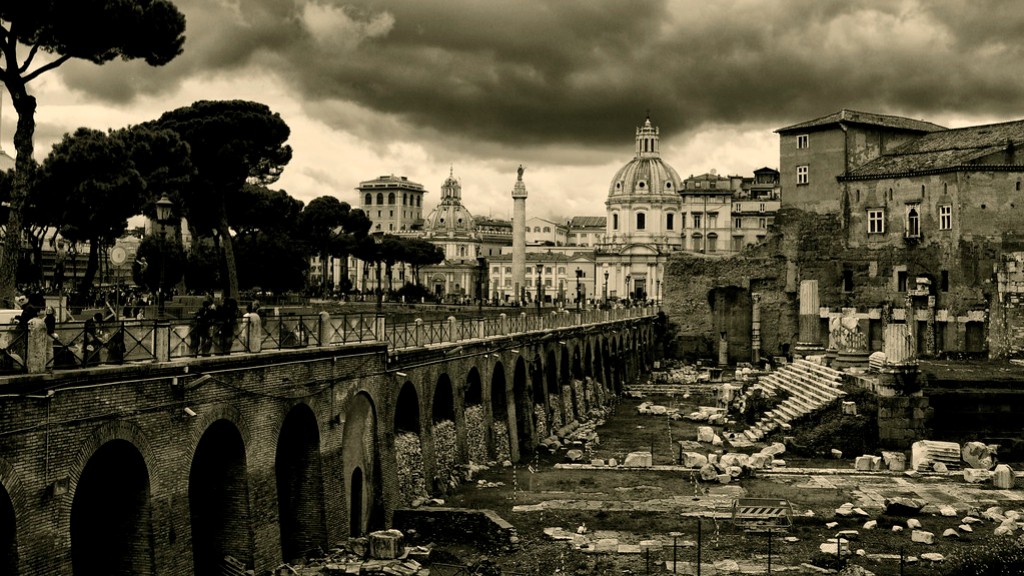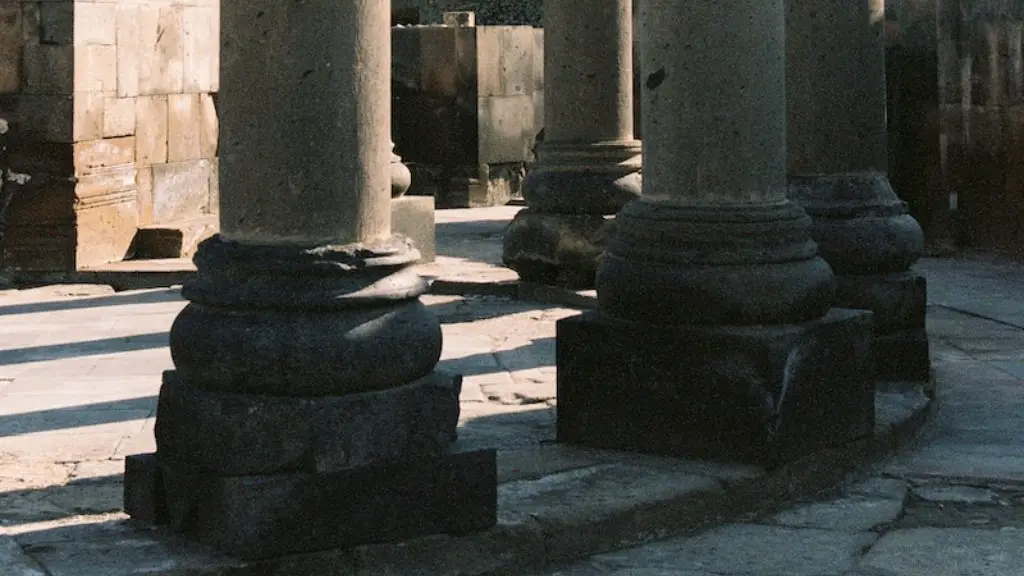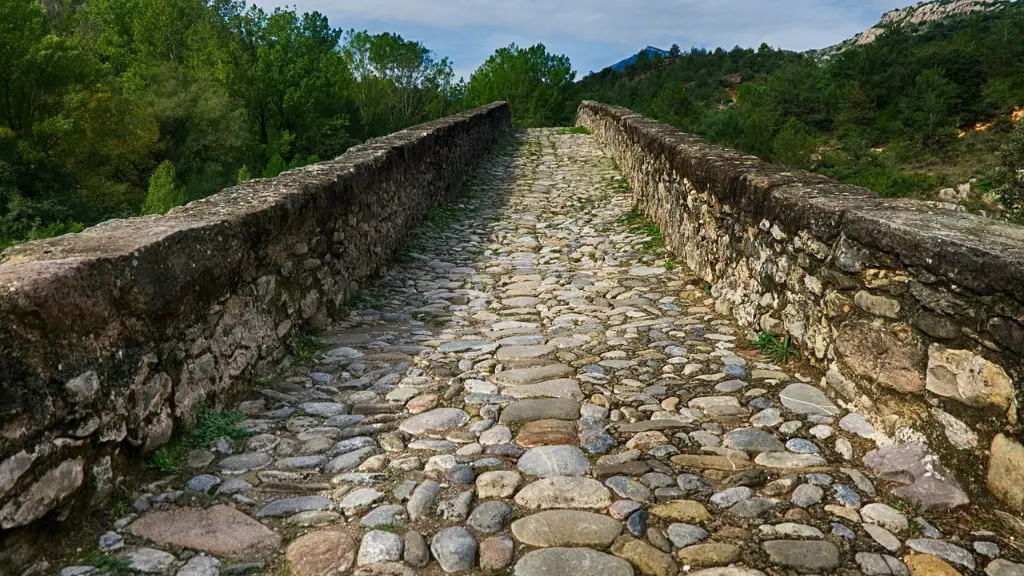What Were Equestrians in Ancient Rome?
The Ancient Romans developed a social hierarchy known as the ordo equester which was made up of around 400 members referred to as equestrians. The members’ primary role was to provide military support to the Roman armies and government officials. These horsemen of Ancient Roman times had a long history, going all the way back to the Roman Republic’s beginning in 509 BC.
During the Roman Republic, equestrians were mostly selected from the lower-ranking members of the plebeian class. In order to be eligible as an equestrian, a potential candidate had to own a large amount of land. Often times, this equestrian class of horsemen comprised of soldiers serving as cavalry, army staffs, and government officials.
They were responsible for carrying out a wide range of military responsibilities and tasks such as collecting taxes, managing agricultural estates, and defending cities. Equestrians also held a considerable amount of power in the political arena. As the class expanded, so did the amount of tasks they were called upon to do. This eventually led to the formation of the equestrian order which provided them with greater status and influence.
The equestrians were also heavily involved in business and commerce, often times serving as bankers, merchants, and traders. Furthermore, equestrian classes were often found among the more affluent families who had accumulated wealth and held political leadership positions. In addition, they were also trusted by the government to serve as army officers, generals, and even governors.
Equestrians were also renowned for their skill in cavalry tactics, horsemanship, and warfare. For example, during the Roman siege of Jerusalem in 70 BC, equestrian cavalry members played a major role in the Roman victory. In addition, equestrians were known for their prowess in the hunt, often times hunting large animals such as lions and elephants. As time passed, the equestrians’ influence within the Roman military also grew as they played an increasingly important role in military campaigns.
Over the centuries, equestrians in Ancient Rome underwent several transformations and changes. During the period known as the Principate (27 BC – AD 284), equestrians had become the second-highest social and political class in the Roman empire. By the end of the century, the equestrian order had become the most influential and powerful social class in the Roman Empire.
In AD 212, their status was further solidified when they were granted Roman citizenship and certain privileges, such as the right to vote and serve in the military. This experience was extremely beneficial to the equestrian class and helped shape their identity as elites and aristocrats in Roman society.
Summary
Equestrians were an important social and political class in Ancient Rome from 509 BC until the end of the Roman Empire in 476 AD. They were selected from the lower ranks of the plebeian class to serve as cavalry, army staffs and government officials. They also played a major role in business and commerce, had immense influence in the political arena and were adept in the use of cavalry tactics and warfare. By AD 212, the equestrian class had reached the peak of their political and social power.
Roles and Responsibilities
Equestrians had a variety of roles and responsibilities throughout their long history in Ancient Rome. Primarily, they provided military support to the Roman armies and government officials through the use of cavalry, army staffs, and government service. They were also heavily involved in business and commerce, becoming traders, bankers and merchants, and some of them even held political leadership positions. In addition, they were tasked with hunting large animals such as lions and elephants, and were excellent in the use of cavalry tactics and warfare.
Equestrians also had more mundane tasks such as collecting taxes, managing agricultural estates, and defending cities. As the class expanded, they eventually became an order of horsemen who held immense power in the political arena. In addition, their influence within the Roman military also grew as they played an increasingly important role in military campaigns.
Privileges
In AD 212, the equestrian order was given a number of privileges and rights that set them apart from other citizens of the Roman Empire. These included the right to vote and serve in the military. These privileges enabled them to wield a considerable amount of influence over the running of the empire. In addition, the equestrian class was also known for their wealth, often times coming from successful business ventures and owning large amounts of land.
The equestrian class was also respected for their skill in cavalry tactics, horsemanship, and warfare. They were often skilled in the hunt, able to take down large animals that other members of Roman society would not have been capable of killing. Furthermore, members of this class also held considerable power in the political arena and were often called upon to serve as governors and army officers.
Decline of Equestrians
In 476 AD, the Roman Empire officially fell and the equestrian order began to decline in influence and power. This was due to the rise of Christianity over the centuries and the concomitant political and social changes that took place during this time. In addition, the equestrians’ importance in the military and government was also greatly reduced, as their services were no longer necessary.
The equestrians of Ancient Rome also began to lose their wealthy and influential status as trade and commerce declined and the political power of the elite declined as well. Equestrians were also no longer needed for their services as hunting became less and less common, and the military power of the Roman Empire began to fade. Over the centuries, the once powerful equestrian class lost their political and social standing.
Legacy
The equestrians of Ancient Rome have left a lasting legacy on the world. Their influence and power in the political arena was immense, and their skill in cavalry tactics, horsemanship, and hunting was renowned. In addition, their privileges granted by the Roman Empire in AD 212 set them further apart from other citizens.
Today, the legacy of the equestrian class can be still seen throughout the world. Horsemanship and cavalry tactics continue to be important in many cultures, and modern-day equestrian sports such as show jumping bear more than a faint resemblance to what was once practiced in the days of Ancient Rome. In addition, many modern governments have adopted a system of land ownership similar to that of Ancient Rome’s equestrian class.
Conclusion
Equestrians were an important part of Ancient Roman society, providing valuable military and political support. The equestrian order had a long history, lasting from the beginning of the Roman Republic to the end of the Roman Empire. They also provided great influence in the political arena, held considerable influence of the Roman military, and played major roles in business and commerce. Over time, their influence began to wane, and in 476 AD, their power was greatly reduced. Despite their decline in power and influence, their legacy still continues to live on in many aspects of our modern world.
